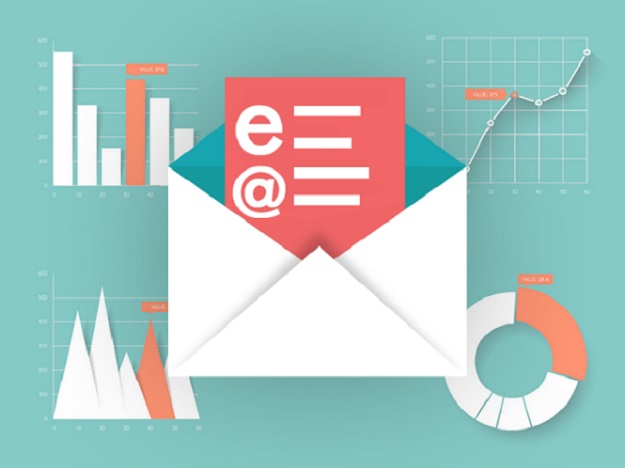Despite the emergence of new digital marketing strategies, many marketers still consider email as “king.” According to eMarketer, nine in ten marketers still use email to connect with their target audience. This is not surprising considering the growing number of email users worldwide. In 2018, there were 3.8 billion email accounts globally and this number is estimated to grow to over 4.2 billion by the end of 2022, according to Radicati.
But while email marketing is a tried-and-tested digital channel, it’s not enough that you send emails to prospects. To fully maximize this marketing campaign, it is vital to have a clean email list. Bad email addresses can have a negative impact on your email marketing performance, so you want them out of your database.
Good email hygiene refers to all the best practices implemented to update your contacts list; remove inactive, invalid, and bad addresses; and add new quality subscribers. Digital marketing specialists recommend regular list cleaning at least every six months or whenever there’s a noticeable spike in bounce rates. One of the best strategies to keep your database clean is through email validation.
What is email validation?
Email validation or email verification is a process of confirming whether the email address is valid and active before sending an email. It helps identify email address errors and spam traps to reduce hard and soft bounce rates. It is crucial to maintain reputation, improve a relationship with Email Service Providers (ESPs) or Internet Service Providers (ISPs), and increase deliverability, helping you reach target audience.
Email validators are applications that use advanced verification system to check the validity and quality of email addresses. Unlike standard email verification systems that simply monitor email format, email validation providers use artificial intelligence, sophisticated algorithms, and multi-layers testing to identify lousy email addresses, either in real-time or batch processing of a contacts list.
Email validation tools can identify spam traps, inactive addresses, erroneous format, and to predict the likelihood of a soft or hard bounce. Email addresses that are run through the tool are checked and categorized as good or suspicious. Suspicious emails are then isolated for further review; the system can autocorrect syntax error, report to the marketer, or remove the suspect email. Some email validation providers also send alerts if an email has been inactive for a specified period. All of these are crucial in maintaining a clean contacts list.
How does email validation work?
In general, email validation follows a three-step process: syntax and format checking, server confirmation, and mailbox validation.
Checking of email syntax and formatting
Once an email address is run through the system, it automatically checks the syntax if it meets the standardized email formatting requirements. Erroneous email address is a widespread problem. However, considering the myriad of email formatting rules, individually checking each entry in your contacts list can be a logistical nightmare. This isn’t a problem with the validation tool as it can complete the job in just a fraction of a second.
Domain and server confirmation
After checking the email format and syntax, the system validates the DNS records to see if it is active and valid. If active, the tool then tests the mail exchanger to verify if it can receive email.
Mailbox validation
The last step is to validate if the specific mailbox is active and can receive emails. Email validation providers use SMTP protocol to reach the mail server and check if it can receive emails. This is done without actually sending a single email message.
Typically, this three-step process takes no longer than one second. An analyst from Byteplant noted that some cases take more time due to slow mail server response. Other factors that can affect speed include busy servers, complicated anti-spam systems, and older mail servers.
Ways to validate emails
Email validation can be processed in two ways, either in real-time or batch processing. In real-time validation, an email checker API is integrated into your digital data collection point. This ensures that all email addresses that get into your database are clean. In batch processing, you can manually upload your contacts list or submit through API integration. A report is then furnished classifying and removing suspicious emails.
Either way, an email verification tool cleans up your list by purging inactive, unwanted, or fake email addresses. The tool can handle millions of addresses with ease and speed.
Final Thoughts
Damaged sender reputation, lost revenue, ineffective email marketing, increased marketing costs, and poor customer experience – these are just some of the consequences of a poorly-managed contacts list. When you think about them, you’ll realize the importance of email validation.
While email verification plays a vital role in effective email marketing, it isn’t a fix-all tactic. Regularly cleaning your email list is necessary to avoid damage to reputation and ensure success.

